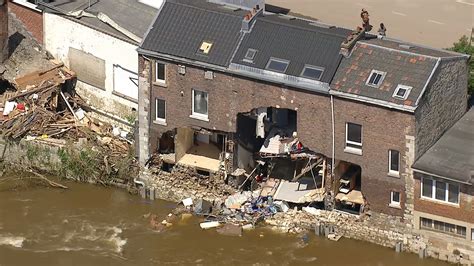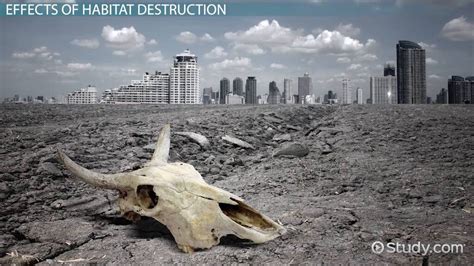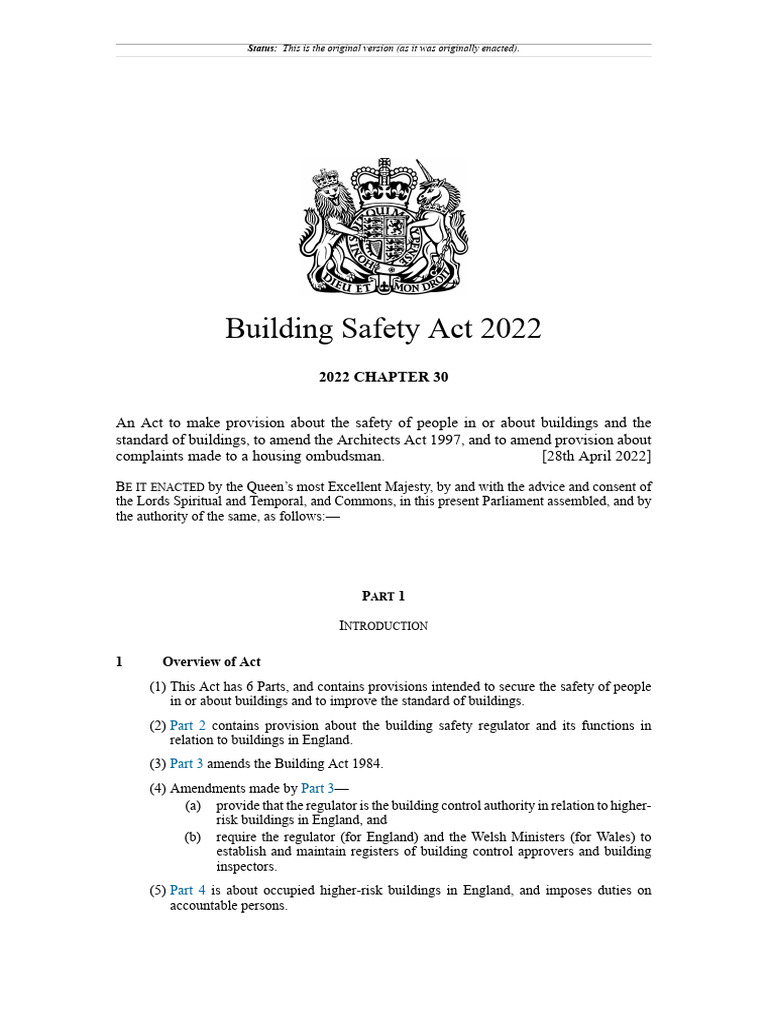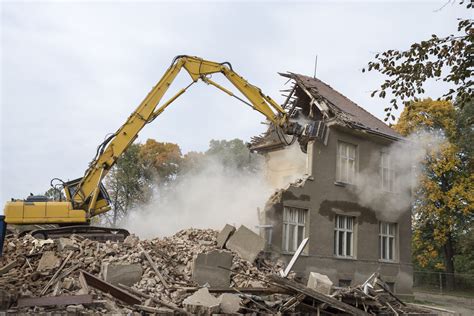Demolition, the process of destroying a building, is a complex and highly regulated activity that requires meticulous planning, precise execution, and a deep understanding of the structural, environmental, and social implications involved. The primary goal of safe demolition is to minimize risks to people, the environment, and adjacent structures, while also ensuring compliance with relevant laws and regulations. This process involves a range of techniques, from mechanical demolition using heavy machinery like excavators and bulldozers, to deconstruction, which involves the careful dismantling of a building to salvage reusable materials.
The safety aspect of demolition cannot be overstated. It involves thorough risk assessments to identify potential hazards such as the presence of asbestos, lead paint, or other hazardous materials. Additionally, the structural integrity of the building must be evaluated to determine the best method of demolition and to prevent unexpected collapses. This evaluation often includes assessing the building's foundation, walls, and any other critical structural elements. Furthermore, the demolition plan must consider the proximity of the building to neighboring structures, public roads, and utilities to mitigate potential damage or disruption.
Key Points
- Demolition requires thorough planning and risk assessment to ensure safety and compliance with regulations.
- Techniques such as mechanical demolition and deconstruction are used, each with its own set of considerations and safety protocols.
- Risk assessments must identify potential hazards, including hazardous materials and structural integrity issues.
- Environmental impact, including dust control and disposal of hazardous materials, must be carefully managed.
- Community engagement and notification are crucial to manage expectations and minimize disruption.
Pre-Demolition Planning and Preparation

Before any demolition work begins, a comprehensive plan must be developed. This plan outlines the method of demolition, safety protocols, environmental protection measures, and a timeline for the project. Pre-demolition planning also involves obtaining necessary permits, notifying local authorities and the public, and preparing the site by disconnecting utilities and removing hazardous materials. For example, in the case of buildings containing asbestos, a licensed abatement team must remove these materials before demolition can proceed, following strict guidelines to prevent environmental contamination and exposure to workers.
Environmental Considerations
Demolition projects have significant environmental implications, including the potential for air and water pollution, noise pollution, and the generation of large volumes of waste. To mitigate these impacts, demolition plans often incorporate dust suppression techniques, such as spraying water on the demolition site, and implement strategies for the recycling or reuse of building materials. According to the United States Environmental Protection Agency (EPA), deconstruction and recycling of building materials can significantly reduce waste sent to landfills, with the potential to reuse or recycle up to 90% of a building’s materials.
| Demolition Method | Environmental Impact |
|---|---|
| Mechanical Demolition | Potential for high dust generation and noise pollution. |
| Deconstruction | Lower environmental impact due to reduced dust and noise, and increased potential for material reuse and recycling. |
| Explosive Demolition | High potential for environmental disruption, including dust, noise, and potential for uncontrolled debris scatter. |

Execution and Safety Measures

The execution phase of demolition requires strict adherence to safety protocols. Workers must be properly trained and equipped with personal protective equipment (PPE) to protect against hazards such as falling debris, dust, and noise. Safety measures also include the installation of fencing or barriers to prevent public access to the demolition site and the use of signage to alert the public to the demolition activity. Moreover, regular monitoring of the site is necessary to ensure that the demolition process is proceeding as planned and that any unexpected issues are addressed promptly.
Community Engagement and Notification
Effective communication with the community is essential for managing expectations and minimizing disruption. This includes advance notification of the demolition schedule, expected noise levels, and any necessary traffic rerouting. Community engagement can also help in addressing concerns and providing information on the redevelopment plans for the site after demolition, which can help in building support for the project.
In conclusion, destroying a building safely is a multifaceted process that demands careful planning, rigorous safety protocols, and a commitment to environmental stewardship. By understanding the complexities involved and adopting best practices, it is possible to demolish buildings in a way that protects people, the environment, and the community, while also paving the way for new development and urban renewal.
What are the primary methods of building demolition?
+The primary methods include mechanical demolition, deconstruction, and explosive demolition, each selected based on the building’s size, type, and location, as well as environmental and safety considerations.
How is safety ensured during the demolition process?
+Safety is ensured through thorough risk assessments, use of personal protective equipment, training of demolition workers, and implementation of site-specific safety plans that include measures such as dust control and public exclusion zones.
What environmental considerations are crucial in demolition projects?
+Key environmental considerations include dust and noise pollution control, management of hazardous materials like asbestos and lead paint, and strategies for maximizing the reuse and recycling of building materials to minimize waste.
